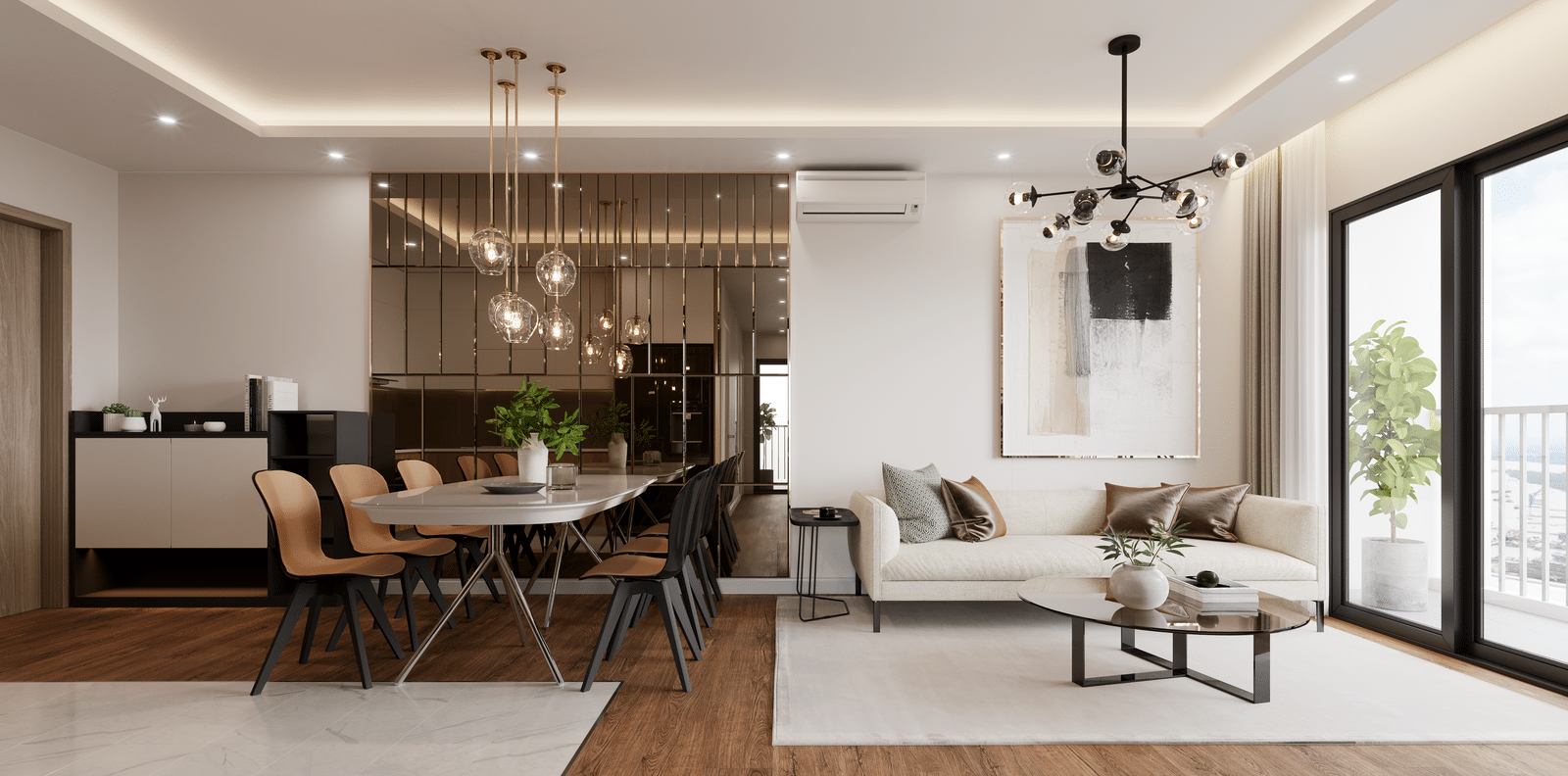Building your own home can be a rewarding experience, but it can also be a daunting task. In this blog post, we’ll walk you through the steps necessary to build your very own home – from planning and research to drafting the specs and finally putting it all together. So if you’re interested in building your own home, be sure to check out The Story of My Home!
The Basics of Homebuilding
Building your own home is a long and tedious process. You will need to gather information, make decisions, and put everything together. This article will give you the basics of what you need to know in order to build your own home.
The first step is to gather information. You will need to know the size of the lot that you are purchasing, what kind of construction materials are available in your area, and how much money you are willing to spend. Once you have gathered this information, it is time to make decisions. You will need to decide on the type of house that you want, the style of roof that you want, and the layout of your home.
Once you have made all these decisions, it is time to start gathering construction materials. The most important thing that you will need is a permit from your local government. Next, you will need building permits for any electrical or plumbing work that needs to be done. You will also need building permits for any demolition or remodeling work that is going to be done.
Once all of the necessary permits have been obtained, it is time to start assembling your home. The first step is to put down a concrete slab foundation. This slab needs to be at least 24 inches thick and should be reinforced with steel beams so that it can support the weight of your home above it. Next, build up the walls using concrete blocks and rebar rods. Make sure that each wall is at least 8 feet
Choosing the Right Home Building Materials
If you’re thinking about building your own home, there are a few key things to consider before starting. In this blog post, I’ll tell you about the different materials you’ll need and how to choose them wisely.
When choosing the materials for your home, there are a few things to keep in mind. First and foremost, think about how long you plan on living in the home and what style of architecture you want. For example, if you want a traditional home with mostly wooden beams and boards, you will need different materials than if you want an ultralight house made of carbon fiber and aluminum.
Another factor to consider is climate. If you live in an area that gets a lot of snow or rain, make sure to choose materials that can handle those conditions. And finally, think about your budget. There are a lot of great options available at both affordable and high-end prices. Just be sure to do your research so you don’t end up spending more than necessary!
Understanding the Different Types of Flooring
There are a lot of different types of flooring, and it can be hard to decide which one is right for your home. Here’s a quick guide to the different types of flooring and what they’re best used for:
Carpet: Carpet is probably the most common type of flooring in homes. It’s soft, easy to clean, and makes a great floor for kids or pets to play on. carpet is also great for floors that get a lot of foot traffic, like the front hallway or living room.
Tile: Tile is another popular type of flooring. It’s high-quality and looks beautiful, but it can be expensive. tile is also good for areas that you want to keep clean, like the kitchen or bathroom.
Linoleum: Linoleum is a low-cost option that’s good for smaller rooms or areas that don’t get a lot of foot traffic. It can be difficult to keep clean, so it’s not ideal if you have kids or pets who like to play on the floor.
Wood Flooring: Wood floors are beautiful and popular, but they can be expensive to install and maintain. They’re also heavier than other types of flooring, so they may not be ideal if you have limited space or if you have lots of people (or pets) who want to use the room at once.
Preparing the Foundation
If you’re thinking about building your own home, there are a few things you’ll need to do before getting started. The first is to come up with a plan. You’ll need to know what you want your home to look like, how many rooms and baths you’ll need, and what kind of layout you prefer. Once you have a plan, it’s time to start looking for land. You’ll want to find a piece of property that is big enough for the size of your home and has enough room for future expansions.
Once you have the land, it’s time to get started on the construction project. Start by finding an experienced contractor who can help guide you through the entire process. Make sure to get estimates for all of the different components of your home, from the foundation to the roofing. Save all of your receipts so you can track exactly how much money you’re spending on your project.
Once everything is ready to go, it’s time for installation! Begin by digging down four feet below ground level and placing the foundation supports in place. Next, lay concrete footings around these supports and pour a layer of concrete over them. Make sure each layer is completely dry before adding more support materials or pouring another layer of concrete.
Once everything is set in place, start laying lumber across the top of the foundation and pour a second layer of concrete over it. Be sure not to move any existing trees or plants during this process – they may be
Building Walls and Roofs
In this blog post, I will be describing how to build your own home. This information is based on my own experience and research. Before getting started, it is important to understand a few basics:
1. Location: Your home is going to be one of the largest investments you will ever make. It is important to choose a location that fits your needs and budget.
2. Size: The size of your home should be based on your lifestyle and what you are willing to compromise on in terms of amenities. There are plenty of options available in both small and large homes.
3. Cost: Homebuilding can be expensive, but there are ways to save money on your project. Do your research before starting a project so you know which options are available to you.
4. Insurance: Make sure you have proper insurance coverage for your home before beginning construction. This will cover any damages that may occur during the process.
Finishing Touches
Building your own home is a great way to create the home of your dreams, without any of the hassle or expense of buying one. In this blog article, I’ll explain how I built my home and provide tips and advice on building your own.
When I first started planning my home, I knew that I wanted something unique and special. After doing some research, I discovered that building your own home was the perfect way to achieve this goal. Not only can you customize every detail of your home, but you also have complete control over the cost and timeline of your project.
To build my home, I used a variety of materials and techniques. My main focus was on creating an efficient and sustainable structure that would last for years to come. Here are some key tips that I used in constructing my home:
1) Use Appropriate Materials: The best way to save money on your homebuilding project is to use quality, durable materials. By choosing wisely, you can avoid costly repairs down the road.
2) Choose a Sustainable Design: Many traditional homeownership methods are not environmentally friendly or sustainable. Building your own home using sustainable methods can help reduce your impact on the environment while also saving you money in the long run.
3) Plan Ahead: When planning your project, be sure to account for important factors like zoning laws and insurance requirements. Failure to do so could lead to delays and additional costs down the road.









